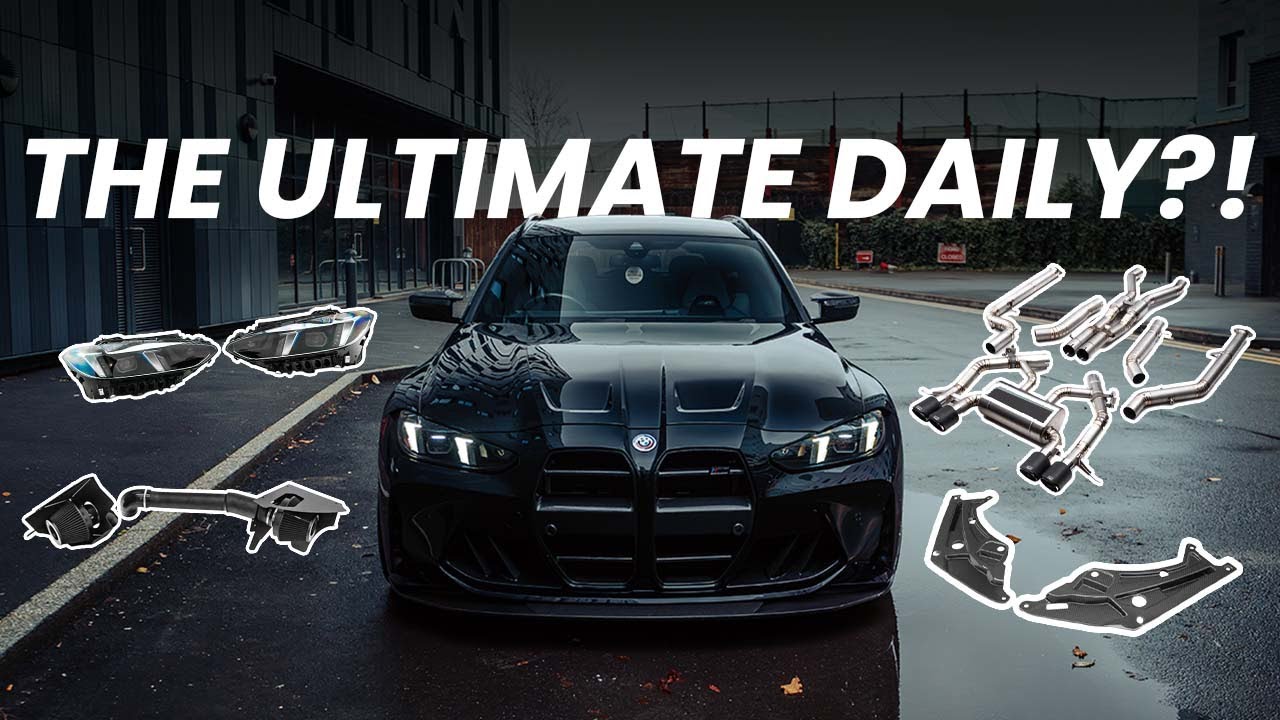A great way to increase your BMW's performance and sound is to remove restrictive components of the vehicle's OEM exhaust system. Many aftermarket exhaust systems bypass these components and feature a more efficient design for better flow. Modern petrol BMWs in the UK/EU markets are equipped with OPFs (petrol particulate filters) as well as catalytic converter(s) depending on how many turbos your car's engine has. International markets may vary for example, US market vehicles do not require the use of OPFs.

Why does my BMW need OPF(s)?
These components are essential to ensure your BMW meets emission standards and is therefore legal to drive on the road.
When is it okay to remove OPF(s)?
However, when your BMW is used strictly for competition/off-road use only, you may wish to bypass these components to increase your vehicle's performance.
Remember, it is NOT legal to remove your BMW's OPFs or catalytic convertors for use on the road. Doing so will prevent your vehicle from passing an MOT or roadside inspection.
How do I remove my BMW's OPF(s)?

Removing your OPF filters can be achieved by replacing that section of your vehicle's standard exhaust system, whether that be custom or by purchasing an OPF-delete midpipe. Alternatively, opting for a full cat-back exhaust system will remove your car's OPFs as well as offering better flow of exhaust gases, a weight saving and other benefits.
When removing the OPF from your car, you must ensure all OPF pressure pipes are connected to your exhaust system via threaded bungs. How do you identify the connections? They will be hard pipes into a flexi-ipe that doesn't look like a wired connection.
What happens when I remove my BMW's OPF(s)?
Removing your BMW's OPF filters typically results in your car going into limp mode with a warning light on the dashboard. This is caused by your BMW's ECU not being able to read the information previously communicated by the sensors within your factory OPFs.
How to fix the problem:
The first step is to install Leib OPF-delete cables. These cables send a false signal to your car's DME, making it think the OPFs are still connected. Installing these cables will take your vehicle out of limp mode but may not remove the warning light on the dashboard.
Typically OPF vehicles manufactured up to 2022 will no longer have a warning light, however DME updates in newer models mean that the reading paramiters are tighter. If this is the case for your vehicle, you will need the Leib CAN-MIL to turn this light off.
Both provide an electronic solution that prevents warnings or logs in the DME.

How do I remove my BMW's catalytic converter(s)?
Your vehicle's catalytic converter(s) can be replaced with a decat downpipe or a sports cat downpipe. A decat completely removes the catalytic converter whereas a sports cat replaces it with higher-flowing catalytic converters. Sports cats are generally road-legal whereas decats are not legal for road use.
What happens when I remove my BMW's catalytic converter(s)?
Similar to removing OPF, your car will throw up a check-engine light. This is because the emissions your vehicle is reading does not match up with the factory specifications.

How to fix the problem:
This light can be coded out during ECU tuning if your vehicle is being professionally remapped. You can also use a Lieb CAN-MIL to remove this warning light.
Reminder: this is strictly for off-road use and R44 Performance is not liable if you choose to run this setup on the road.



